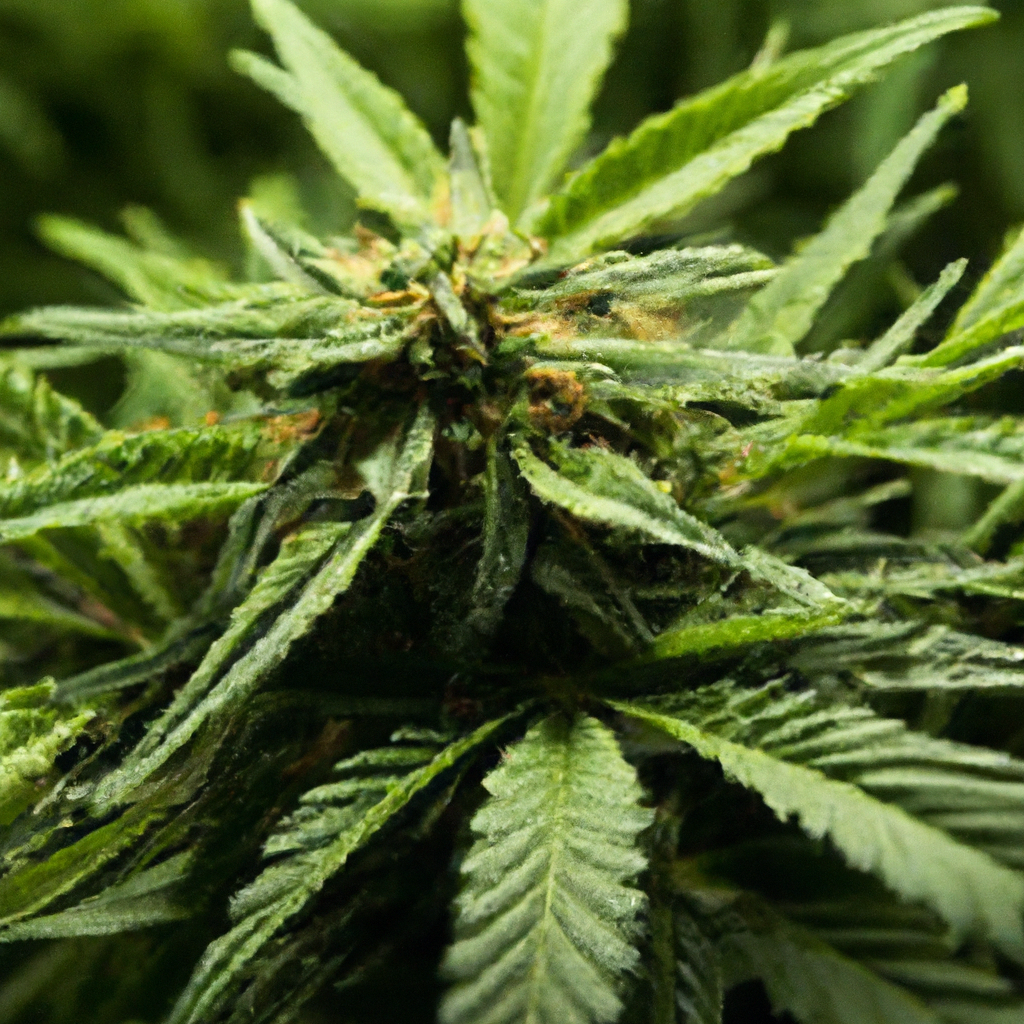By John “Magic” Greenleaf
Slogan: “Growing greatness, one strain at a time.”
Introduction
Growing cannabis at high altitudes, like the towering heights of Colorado, presents unique challenges—especially when it comes to water management. The combination of thin air and greater UV exposure can lead to increased transpiration, making efficient water usage critical for both environmental sustainability and plant health. Here, I’ll share some tried-and-true strategies for maximizing water efficiency without sacrificing quality or yield.
Understanding High-Altitude Conditions
There’s a reason we call it “mile-high” growing—at these elevations, both the climate and the plants themselves demand special attention. Here are some critical factors unique to high-altitude agriculture:
- Increased UV Radiation: Accelerates evaporation, requiring efficient irrigation.
- Temperature Swings: Nighttime cooling can stress plants, necessitating careful water management.
- Air Quality: Thin air and low humidity levels increase transpiration rates.
Sustainable Water Management Techniques
Water is a precious resource, especially in drier climates. Here are some methods to optimize your water usage:
1. Invest in Drip Irrigation
Drip irrigation is king in our world; it applies water directly to the soil, minimizing runoff and evaporation. This method can reduce water waste by up to 40%.
2. Use Organic Soil Amendments
Organic soil components, such as coconut coir and peat moss, improve water retention capabilities. Amending your growing medium with these materials keeps roots hydrated longer.
3. Master Mulching
A layer of organic mulch, such as straw or wood chips, insulates the soil, reducing evaporation and maintaining consistent moisture levels.
Scheduling and Monitoring
Precision in irrigation timing and amounts are crucial, and luckily, tech can lend a hand:
Automated Sensors
Install soil moisture sensors that provide real-time feedback, ensuring you only water when necessary.
Weather Considerations
Monitor weather patterns and adjust watering schedules according to temperature and humidity forecasts.
Conclusion
High-altitude growing demands a strategic approach to water use. By understanding the unique conditions and implementing smart irrigation techniques, you can ensure a healthy, hearty harvest while also conserving resources. Remember, even the best growers are lifelong students, learning and adapting with every surge in the season.
Join me on this journey of growth and conservation, because, “Healthy roots, healthy buds, happy harvests!”
Tags: High-Altitude Growing, Sustainability, Water Efficiency


Leave a Reply